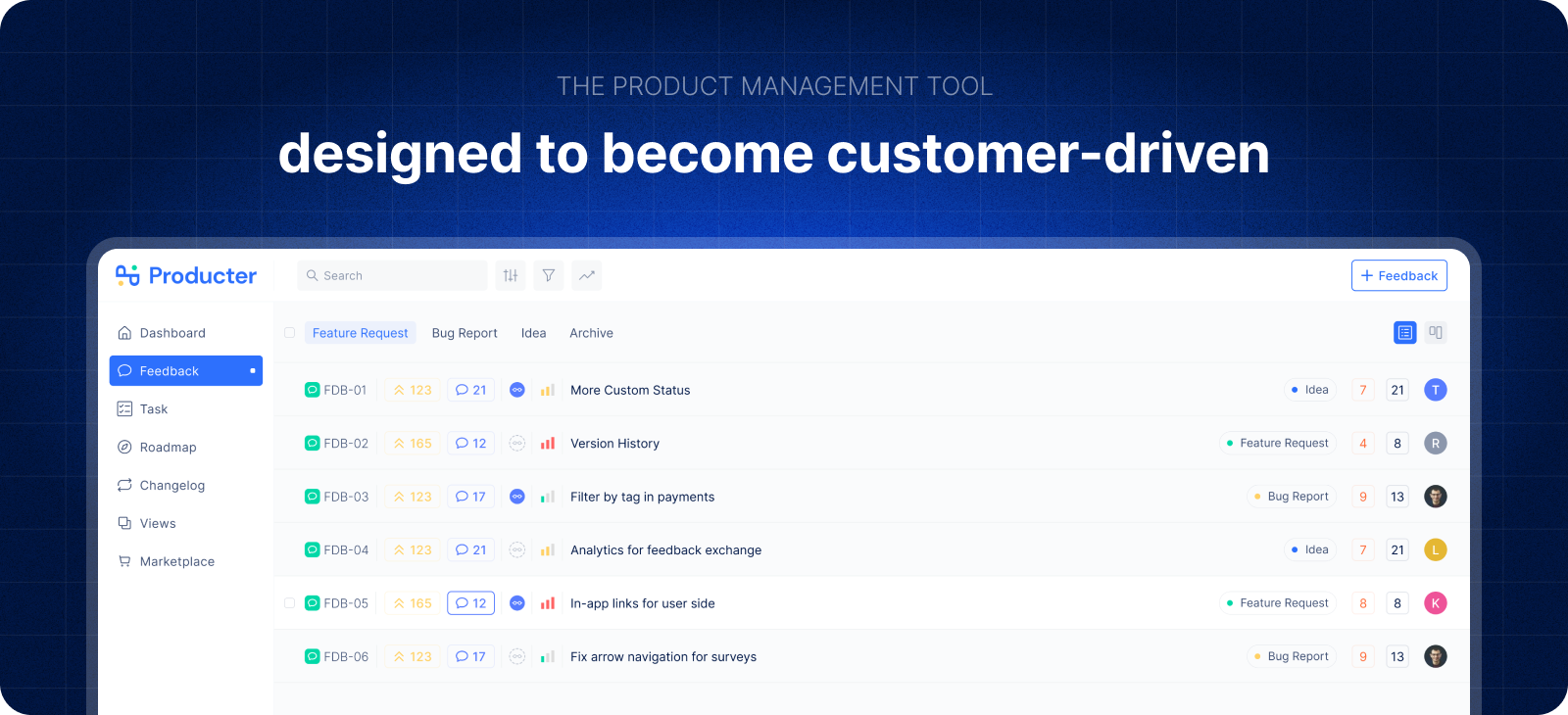Agile is a work management approach based on iteration. The value of Agile is that it helps unpredictability, continuous improvement, fast responses to change, and satisfy customers.
Agile contributes to continued testing while giving customers and stakeholders a chance to provide feedback on work in progress.
Agile is generally used to divide a large project into small parts to produce, while it focuses on getting feedback from customers regularly.
Agile improves communication, collaboration, and customer satisfaction.

Agile Frameworks
- Scrum
- Kanban
- Scrumban(combines Scrum and Kanban.)
- Extreme programming (XP)
- Feature-driven development (FDD)
- Crystal
- Dynamic Systems Development Method (DSDM)
Scrum
Scrum is one of the most used agile project management methodologies that is defined in its own guide as “A framework within which people can address complex and adaptive problems, while productively and creatively delivering products of the highest possible value”.
Scrum consists of sprints that are events that usually take between 1 and 4 weeks depending on the team. All the remaining elements take place in the sprint.
They are briefly:
- Sprint Planning
- Daily Scrum
- Sprint Review
- Sprint Retrospective
Although Scrum may seem easy, mastering it is very difficult. Scrum teams are usually made up of five to seven people. The Scrum Team consists of a Scrum Master, a Product Owner, and Developers. Within a Scrum Team, there are no sub-teams or hierarchies.
One of the responsibilities of product people is to keep the backlog in order and prioritize the work to be done and assign it to the developers.
The Scrum Master’s responsibility is to help everyone understand Scrum. Scrum master analyzes the process and tries to find improvement methods.
Developers who get his/her hands dirty. They try to do the tasks assigned to them and send them to review.
Kanban
Kanban is a methodology that uses visual boards to symbolize a team’s process. In Boards, usually, items are represented by cards under the “To Do, Doing, and Done” groups. Cards’ status can be changed by passing from left to right. In this way, workflows can be monitored transparently.
Unlike Scrum, Kanban has a continuous flow. Another difference is that there is no need for special roles for Kanban teams.
By paying attention to the “In Progress” group, it can be aimed that the team can focus on the tasks at hand and finish them as soon as possible without taking too many tasks.
Producter is a product management tool designed to become customer-driven.
It helps you collect feedback, manage tasks, sharing product updates, creating product docs, and tracking roadmap.






